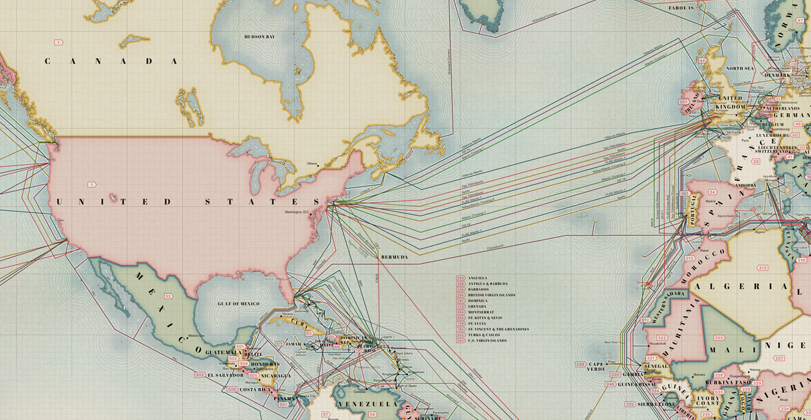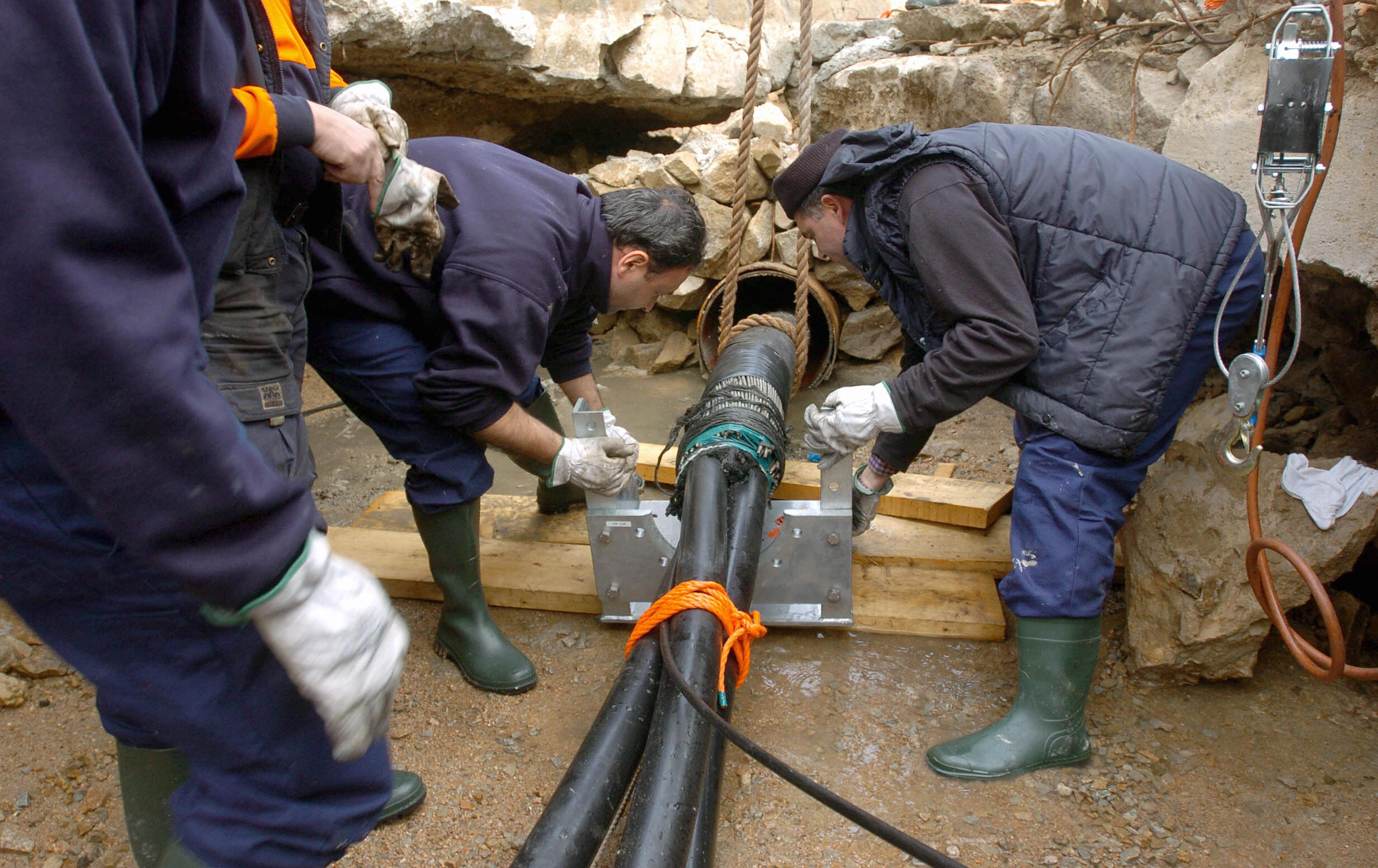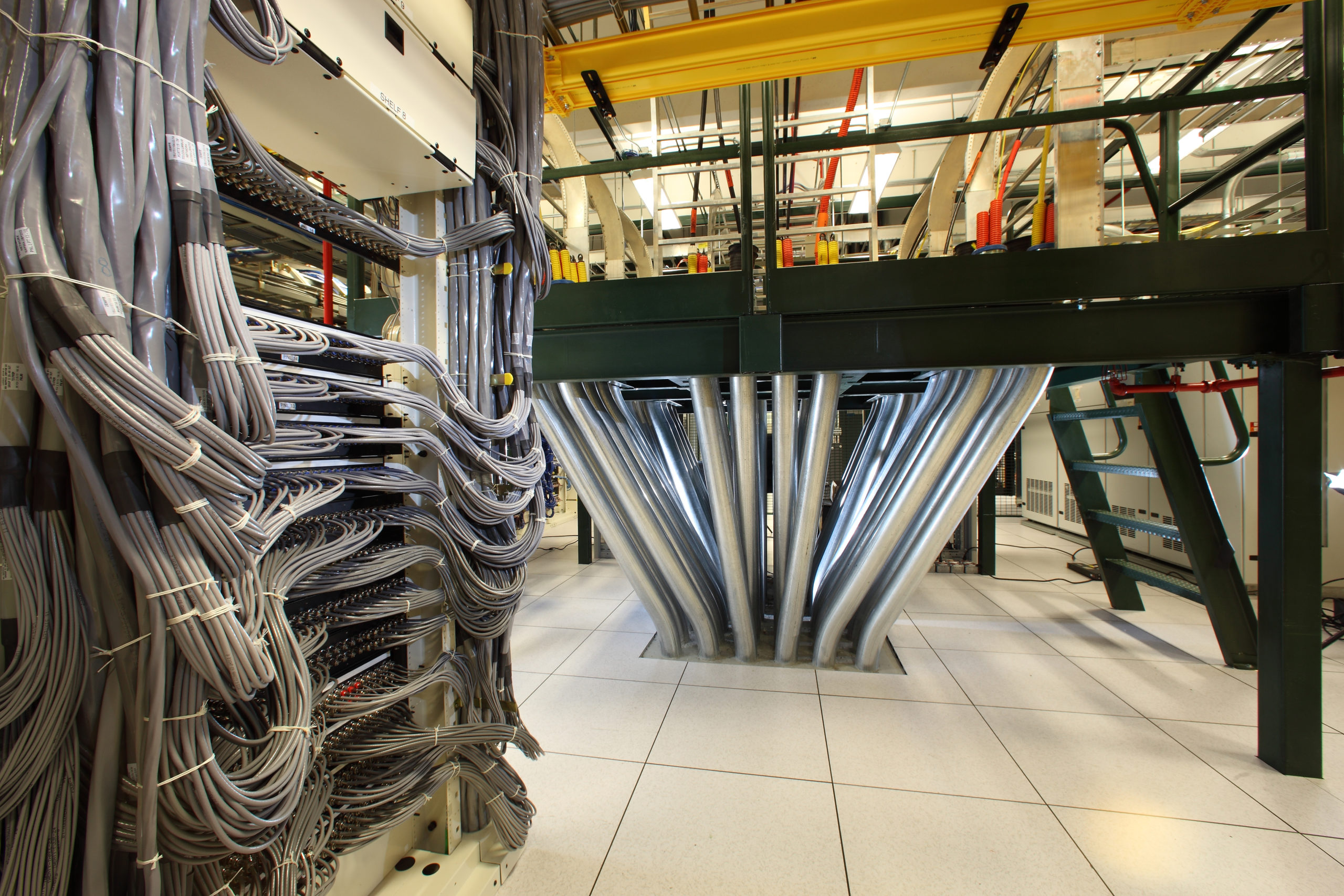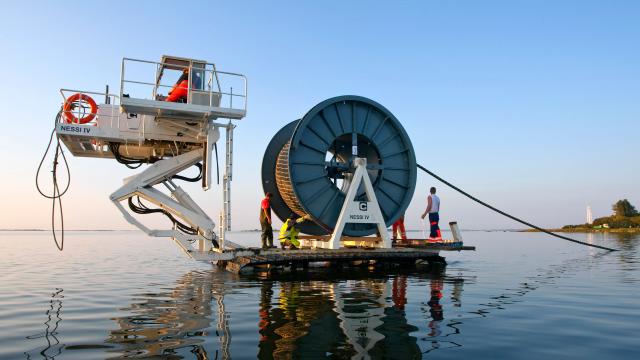Remember when Gizmodo’s Annalee Newitz declared this the Infrastructure Age? Well, here’s more proof: Microsoft is investing in its own undersea internet cables.
Picture: An undersea cable installation linking an island in the Baltic. Jens Köhler/ullstein bild via Getty Images
A Cable of One’s Own
In an announcement on its blog yesterday, the company explained that it needs faster connections to its data centres all over the world — especially through powerful undersea cables.
“Competition in the cloud and infrastructure space continues to heat up,” writes the company’s Network Enablement Director, David Crowley. “But it’s not a battle that will be won on just cloud or infrastructure alone, but instead on holistic innovation and providing value to customers from the ‘sea to the sky’.”

The money will pay for two cables, one each for the companies Hibernia and Aqua Comms, which do the actual work of installation. They will stretch under the Atlantic, connecting North America to the UK and Ireland specifically. Yesterday, Hibernia reported that “over 2000km of armoured cable has been manufactured and loaded onto three cable-laying ships.” The first strands will be laid from Halifax, Nova Scotia, and will eventually connect to Ireland. The new cable could improve latency on current systems by more than five milliseconds, says the company.
So what does that mean for you? Well, Microsoft is making a big push towards the cloud — which hinges on its mobile-focused approach to computing that we saw on display at Build just a few weeks ago. Making all that data available on all those devices takes a massive amount of bandwidth.
Pouring money into undersea cables is one way to make sure that vision is delivered as promised, with “higher speeds, with higher capacity and lower latency for our customers across the globe.”
A Fragile Undersea Network
Microsoft isn’t the first tech company to pay for its own cables. As PC Mag points out, Google is doing the same thing. Still, it’s significant to see the biggest software player throwing its weight behind the nitty-gritty hardware that will power its products.

Technicians manipulate a high-tension under-sea cable in 2005 on the Italian island of Sardinia, linking it with Bonifacio, French island of Corsica, as part of an electricity exchange project. STEPHAN AGOSTINI/AFP/Getty Images.
But there are bigger, badder reasons companies like Microsoft are getting into the cable game. As The Undersea Network author Nicole Starosielski explained on Gizmodo earlier this year, the cable network that powers the internet as we know it is fragile — and any problems with the cables, from an earthquake to a hungry shark, could wipe out huge swathes of the network:
This didn’t seem to be a pressing problem until recently, when several very public cable breaks revealed just how fragile the network really was. In December 2006 the Hengchun earthquake off the coast of Taiwan triggered underwater landslides, breaking seven cables and significantly decreasing internet connectivity. In 2008 a series of cable cuts occurred just north of Alexandria, Egypt, a pressure point in Europe-Asia traffic. ‘

Undersea Internet cables emerge from the Atlantic at the headquarters of Terremark. John B. Carnett/Bonnier Corporation via Getty Images.
Starosielski was talking about the bid to build cables through the fast-melting Arctic in order to create greater redundancy in the global network. But it applies to giants like Microsoft, too. When an entire system depends on fragile, two-inch-wide cables deep below the ocean, it’s no surprise that the companies that rely on those cables want to invest in a safety net.
